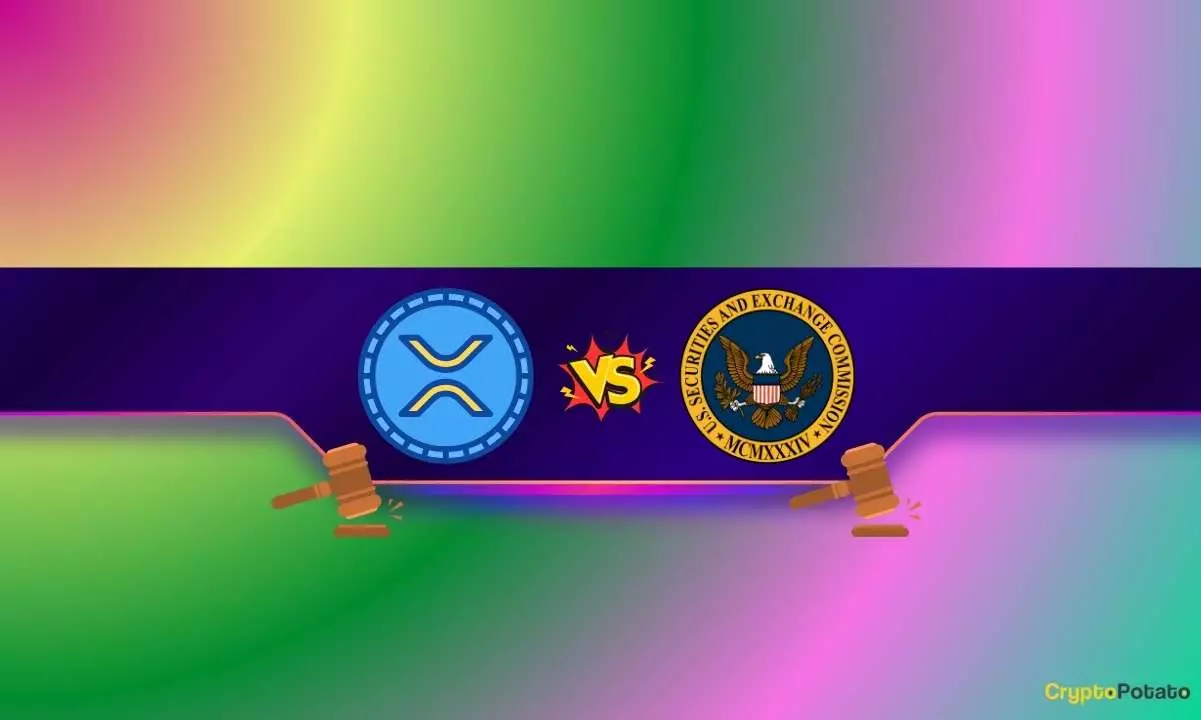The protracted legal battle between Ripple Labs and the U.S. Securities and Exchange Commission (SEC) is entering a critical juncture, more than four years post-inception. Various indications suggest that a resolution may soon be forthcoming, changing the landscape of cryptocurrency regulation as we know it. The recent announcement of an SEC Sunshine Act meeting highlights this potential shift.
Scheduled for February 27, 2024, this meeting will take place behind closed doors, ostensibly to discuss various significant matters within the SEC. Notably, discussions will likely involve Ripple’s native cryptocurrency, XRP, signaling a possible pivot in the regulatory stance toward digital assets. Some analysts, particularly those on social media like X (formerly Twitter), have pointed to the growing interest in Bitwise’s application to launch a spot XRP exchange-traded fund (ETF). The SEC’s acknowledgment of this application carries substantial implications, as it suggests an inclination towards the approval or denial of this product within a 240-day timeframe.
This development is particularly intriguing against the backdrop of Gary Gensler’s resignation and the subsequent appointment of Mark Uyeda as his successor. Gensler was often viewed as a heavy-handed regulator whose policies complicated the regulatory landscape for cryptocurrencies. Uyeda’s arrival has brought a wave of anticipation regarding a changed regulatory environment, especially as the SEC has recently dismissed various lawsuits, including those against major entities like Coinbase and Uniswap.
Despite the fresh optimism surrounding Ripple, the legal challenges are rooted deeply in complexities that distinguish this case from others. Industry experts, such as legal analyst Jeremy Hogan, have drawn parallels between the relationship of Ripple and the SEC to a cohabiting couple dealing with custody issues over their ‘baby,’ XRP. His remarks underscore the intricate nature of the case, where dismissal appears improbable. Instead, a settlement is more plausible, albeit with the understanding that Ripple has already been held liable for a $125 million penalty.
The background surrounding this fine illustrates the precarious position Ripple maintains in this legal quagmire. Although it was ready to concede to the penalty, the SEC’s appeal has prolonged the process, indicating a persistent adversarial dynamic. The grander implications of a settlement hold potential ramifications not only for Ripple but also for the broader context of digital asset regulation.
What Lies Ahead for Ripple and the Crypto Industry
With increasing pressure mounting on the SEC to foster a more conducive environment for cryptocurrency innovation, Ripple stands on a precipice. The potential approval of an XRP ETF would not only lend legitimacy to Ripple but could also set a precedent for other cryptocurrencies seeking similar pathways.
The ongoing legal scrimmage underscores the broader conflict within the crypto industry regarding regulation. As Ripple continues to navigate this multifaceted dispute, observers remain hopeful that the changing tides within the SEC will herald a more favorable operational landscape for digital currencies.
As this saga unfolds, stakeholders, including investors, regulatory bodies, and the crypto community at large, are left observing closely, hoping for a resolution that brings clarity and stability to the evolving world of cryptocurrency. The upcoming Sunshine Act meeting may be the pivotal moment that bends this regulatory landscape.
















Leave a Reply